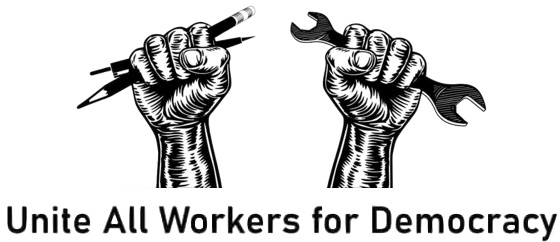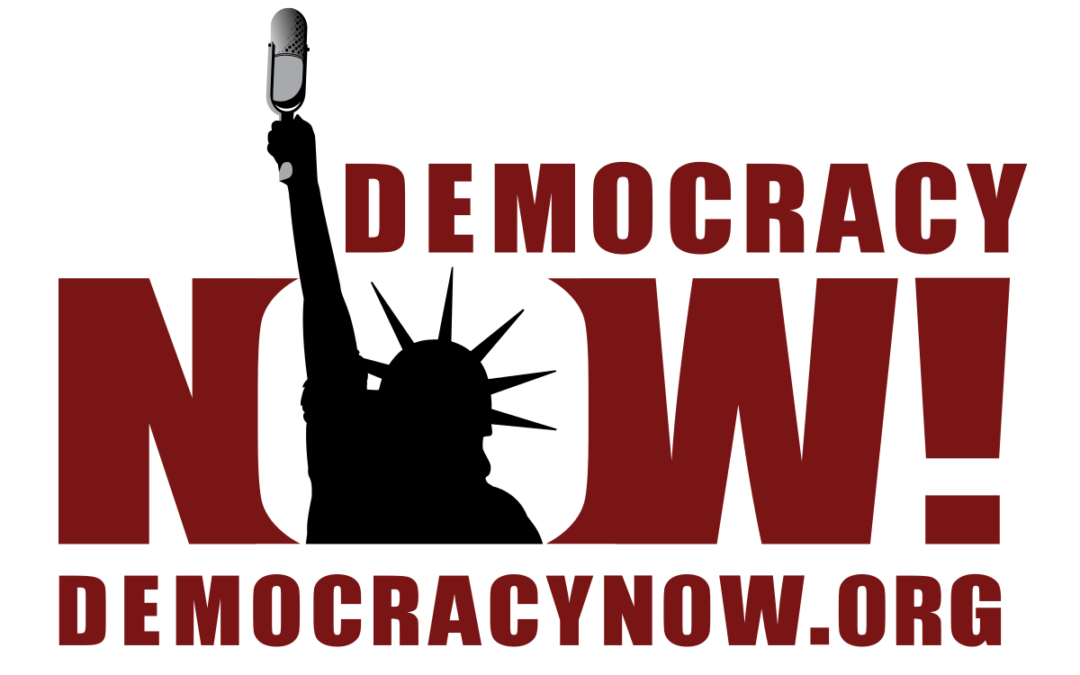Amy Goodman interviewed UAWD chair Scott Houldieson for Democracy Now:
AMY GOODMAN: On Monday, Democracy Now! spoke to Scott Houldieson, a member of UAW Local 551, works at Ford’s Chicago Assembly Plant, is on the steering committee, chair of Unite All Workers for Democracy, the union’s reform caucus.
SCOTT HOULDIESON: Our plant was part of the third round of stand-up strikes. And the strategy was to, you know, kind of play one company off the other, looking for better terms. It is a new strategy. In the past, they’ve targeted one company and negotiated with them, while the others were on hold. But the stand-up strike also had an inside strategy, where workers that were still on the job at different plants were instructed to refuse voluntary overtime and try to work to the letter of the contract, so that they would kind of slow things down for the company at the plants that were running. So there was an inside/outside strategy to that.
Goodman also interviewed Labor Notes journalist Jane Slaughter:
AMY GOODMAN: And if you can talk about, Jane, who Shawn Fain is? You know, the headline of your piece, “We Can Thank a Union Reform Caucus for the Militant UAW Strike.” Explain how this new leadership came into power.
JANE SLAUGHTER: Yes. None of this would have been happening if it were the old UAW. Top UAW leaders were caught in very egregious corruption. Thirteen of them went to jail, including two presidents, for embezzlement and other crimes, dealing with the companies in an unprincipled way. And the government stepped in and gave the members the opportunity to decide that they wanted to be able to choose their top leaders, rather than them being chosen, as in the old system, just at a convention that was very tightly controlled. So, once the members had the right to vote on their top officers, they voted in this new slate.
Now, this slate, it was called UAWD, Unite All Workers for Democracy. It was formed in 2019, expressly with the purpose of trying to get the right to vote. They won. They ran seven candidates for the executive board. They were all elected. And once they had a majority on the executive board, things could start changing from the top, encouraging the members also to change things from the bottom.
Learn more at Democracy Now.

